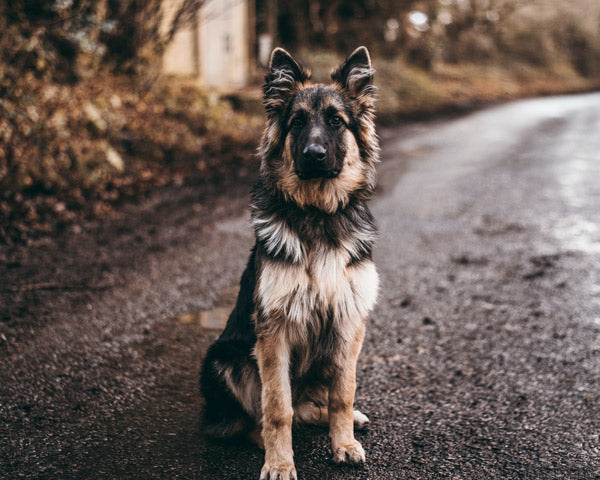How to Help Your Dog Avoid Hip Dysplasia
Every dog owner has concerns about their pup pal's health, especially as they get older. One of those common concerns is their dog developing hip dysplasia. So what is it exactly?
The American Kennel Club describes hip dysplasia as "… a common skeletal condition, often seen in large or giant breed dogs, although it can occur in smaller breeds, as well… The hip joint functions as a ball and socket. In dogs with hip dysplasia, the ball and socket do not fit or develop properly, and they rub and grind instead of sliding smoothly. This results in deterioration over time and an eventual loss of function of the joint itself."
Although hip dysplasia can be genetic, there are ways we can try to prevent this condition from affecting our own loving puppers.
Watch Their Weight

Excessive weight gain can put serious stress on the hips. Having your dog maintain a good personalized diet and healthy lifestyle will benefit them immensely in so many other ways than just preventing hip dysplasia.
Don't Overdo Exercising

Exercising is important, but it is equally important not to overdo it. Be aware of how your dog feels after activities and look for signs such as trouble standing up, soreness, etc. to help set limits. Avoid rough impacts on hard surfaces, as this can irritate the joints and cause hip dysplasia, as well as cause other damage.
Treat Your Dog To A Massage

Give your dog some extra loving and treat them to a massage every now and then! This can really help reduce any soreness, pain and tension build up. If you want more information on how to safely and properly give your dog a massage, check out this article from petMD on how to give your dog a massage.
If you are concerned about your pet developing hip dysplasia, always check in with your vet for advice and information. Although it sounds scary, hip dysplasia is a common condition and many dogs live long, happy lives with treatment.





